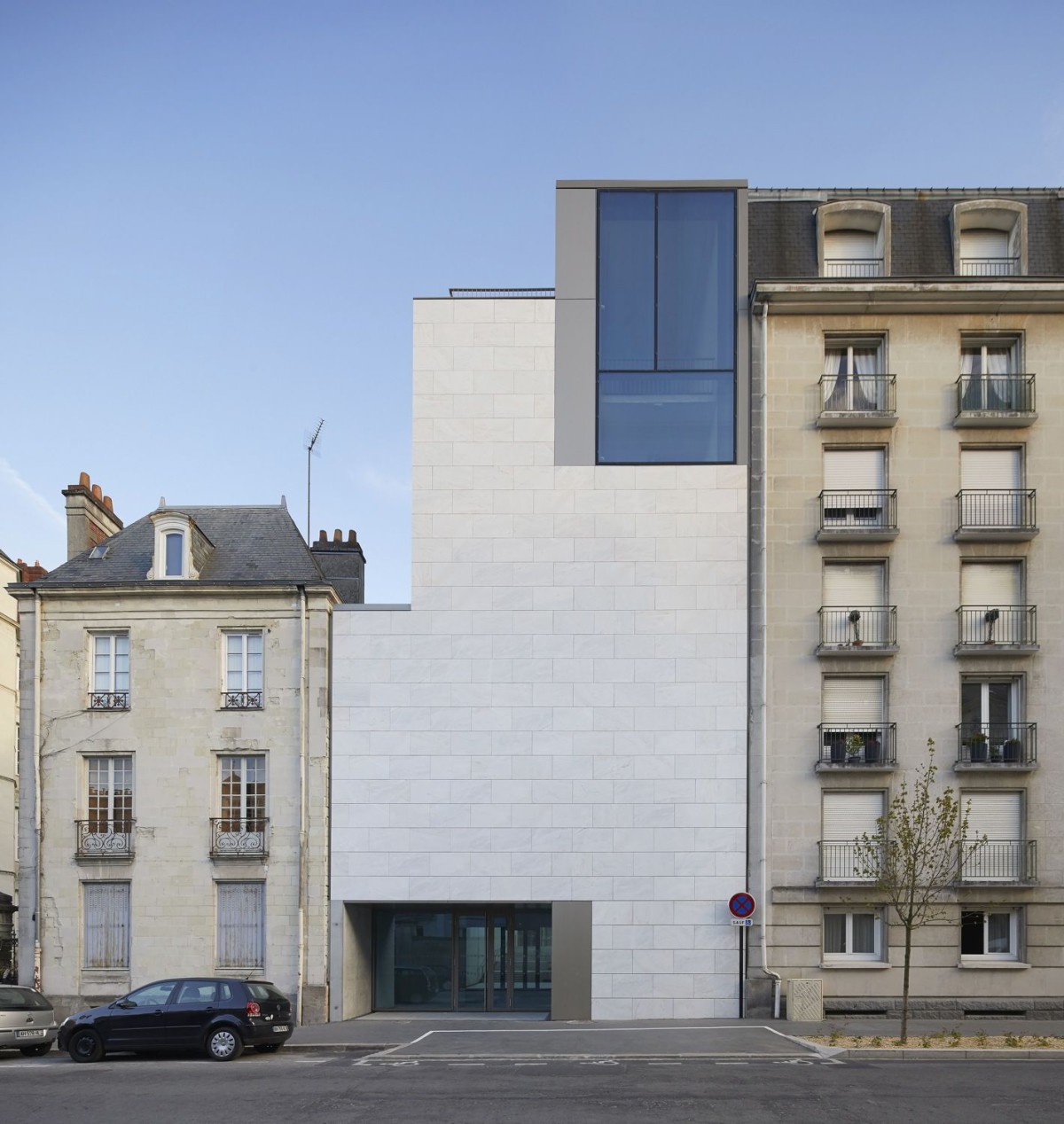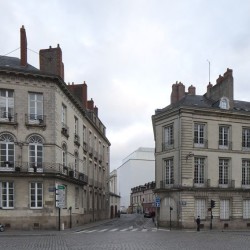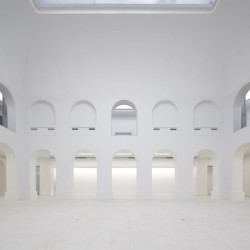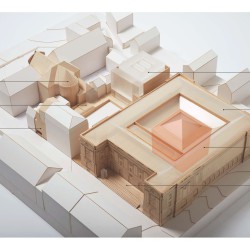In Autumn 2009, Stanton Williams won an international competition to transform the Musée des Beaux-Arts in Nantes, one of the six largest Fine Art Museums outside Paris, alongside Lyon, Grenoble, Montpellier, Rouen and Lille. It will be known upon completion as the Musée d’arts de Nantes.
_
The creation of this urban quarter incorporates several key extension buildings that will link the existing 19th Century quadrangle ‘Palais’ of the museum and the 17th Century Oratory Chapel on the adjacent site, which operates as a temporary art installation space. The Chapel will be accessed directly from the main part of the museum for the first time.
The existing historical museum building will be comprehensively renovated, whilst the new extension will accommodate the additional exhibition spaces for contemporary art. The project will also include the creation of new educational facilities, an auditorium, a library, a storage space for graphic arts collection and an external sculpture court.
Stanton Williams’ design strategy will effortlessly merge the past with the present, offering a blend of architectural and cultural promenade that will take full advantage of its intricate setting. Simultaneously, it aims to improve public access throughout the museum and transform its image from a closed and introverted institution to one which is open and transparent, fully engaging with its urban context. The new extension, for example, will have large openings to the street, enabling views into the gallery spaces from outside.
Reflecting the local architecture, moreover, the new extension will also blend into its surrounding area. Envisaged as a monolithic volume, a consistent palette of materials will create an impression that the whole building is carved out of a single block of stone.
In line with the concept of unravelling a closed museum, the entire south elevation of the new extension will be glazed with the translucent laminated marble, referencing the time when alabaster and marble were frequently used before glass to draw in natural light into Medieval churches while protecting precious artworks from the natural elements.
The new urban quarter will ultimately help to redefine the image of Musée d’arts de Nantes, which is still firmly rooted in its surroundings but is now open to new possibilities.
_
Musée d’arts de Nantes
Year: 2017
Location: Nantes, France
Design Team:
M&E Engineer – Max Fordham & GEFI
Acoustic and Lighting Engineer – Max Fordham
Structural and Envelope Engineer – RFR ARTELIA & SEPIA
Quantity Surveyor – ARTELIA
Fire Safety and Access Consultant – CASSO & Associés
Wayfinding and Identity: Cartlidge Levene
Consultants appointed directly by Client:
CDM Coordinator – Ouest Coordination (Design phase) VERITAS (construction phase)
OPC – ECB (Design phase) E2CT (construction phase)
Approved Inspector – VERITAS
General Contractor: Bouygues Bâtiment Grand Ouest























